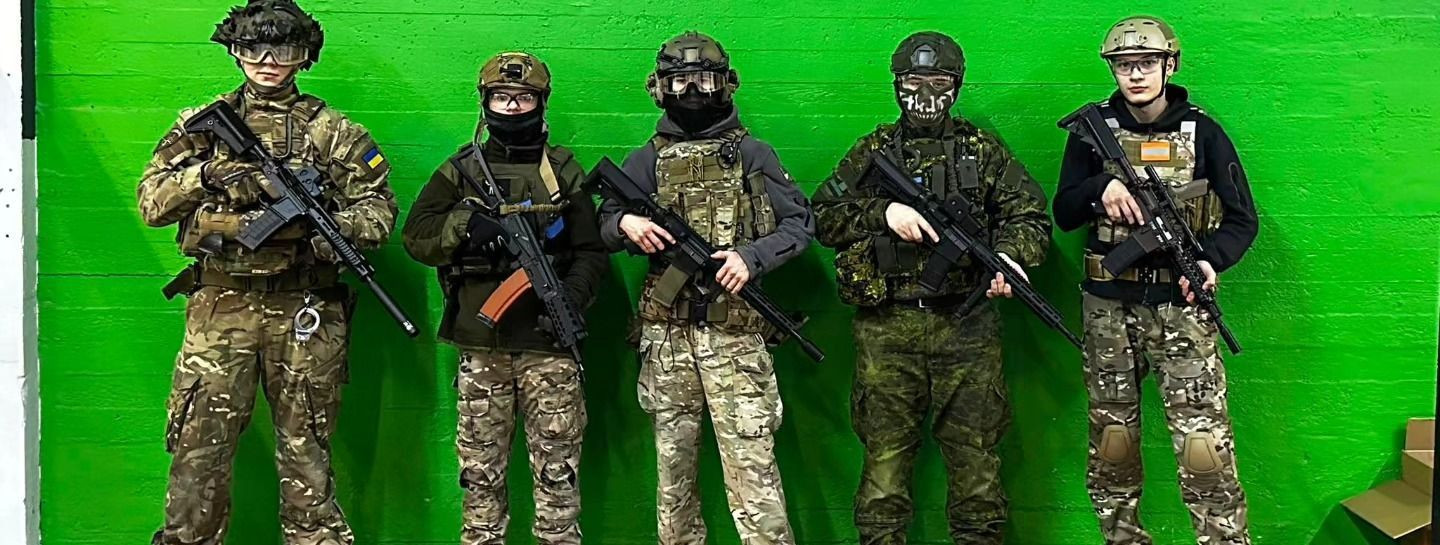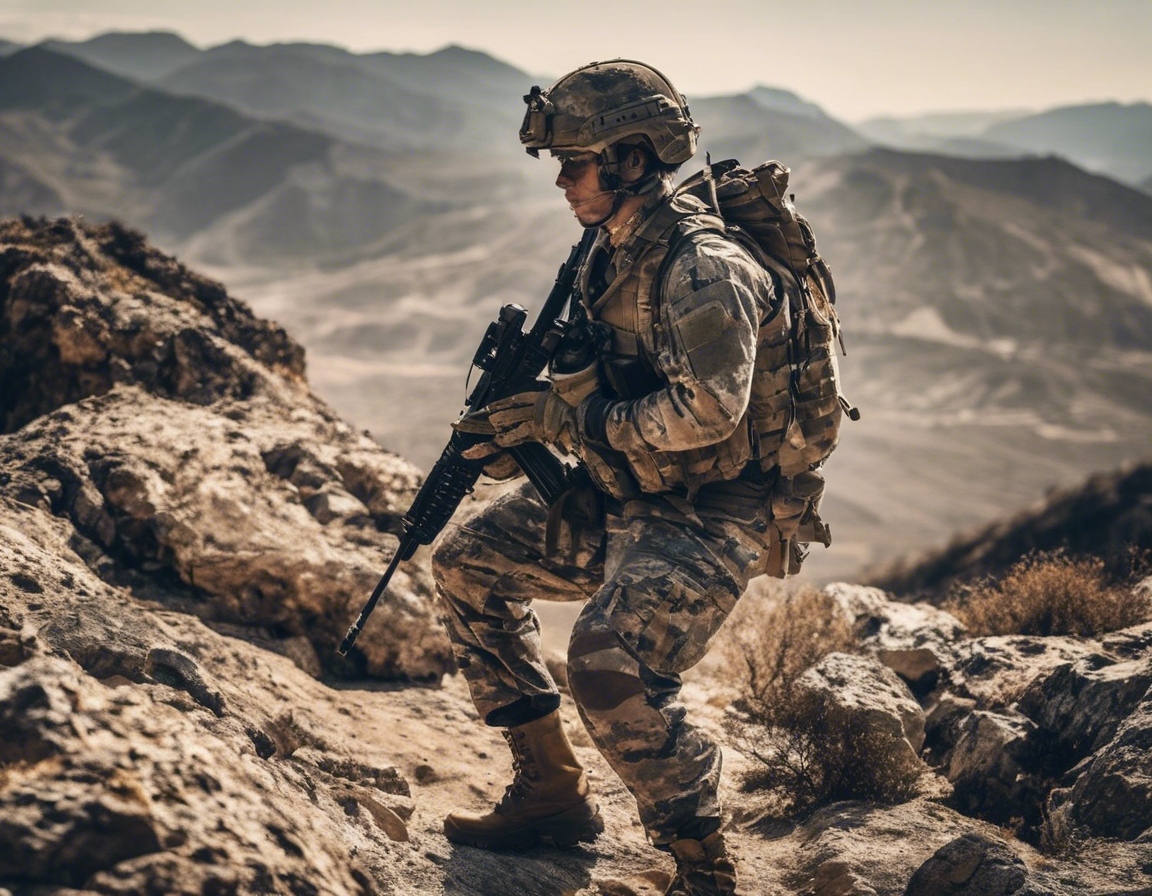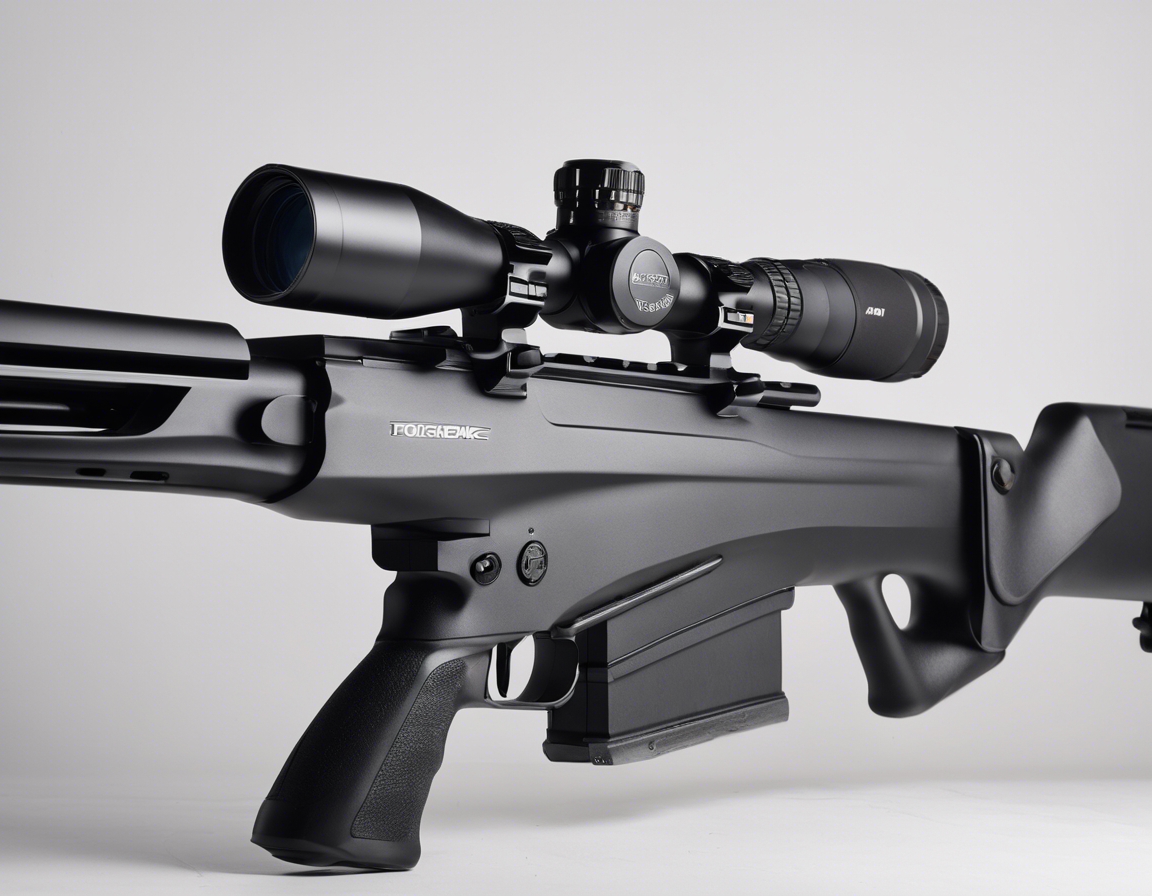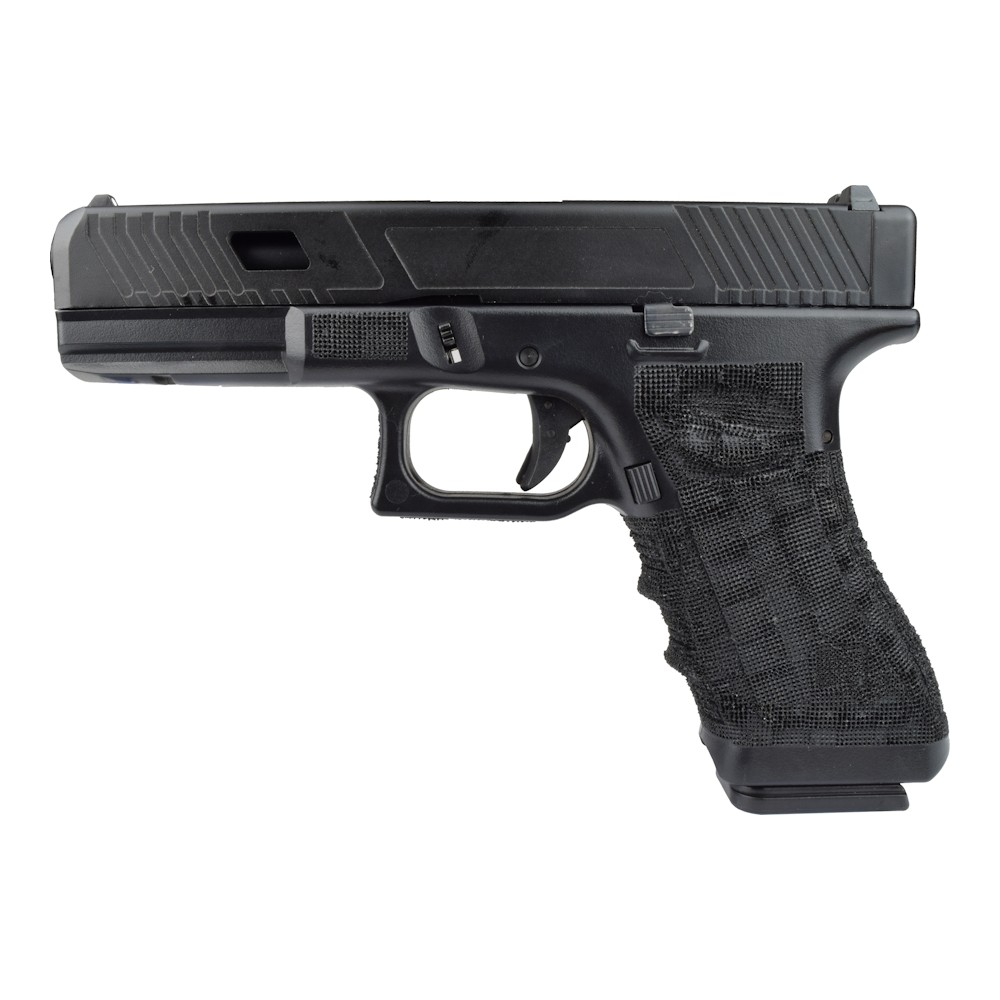The ultimate guide to choosing protective gear
Protective gear is essential for ensuring the safety and security of individuals facing potential threats in various environments. It serves as the first line of defense against physical harm, enabling security professionals, law enforcement, military personnel, and outdoor adventurers to perform their duties with confidence.
From body armor to respiratory masks, the range of protective gear available is vast. Each type is designed to address specific threats and must be chosen with careful consideration of the risks involved.
Assessing Your Protective Gear Needs
Before selecting gear, it's crucial to identify the threats you're likely to encounter. This could range from ballistic threats for law enforcement to environmental hazards for outdoor enthusiasts.
The environment in which you operate greatly influences the type of protective gear needed. Urban settings may require different gear compared to rural or wilderness areas.
Your role and the responsibilities it entails will determine the level of protection required. A security guard may need different gear than a military operative in a combat zone.
Key Features of High-Quality Protective Gear
The materials and construction of protective gear are critical to its effectiveness. High-quality gear often uses advanced materials that provide a balance between protection and weight.
Protective gear must not only be protective but also comfortable and well-fitting to ensure it doesn't impede performance.
Modular gear that can be integrated with other equipment offers flexibility and adaptability in various situations.
Adherence to recognized standards and certifications is a testament to the protective gear's reliability and effectiveness.
Selecting Specific Types of Protective Gear
Choosing the right level of ballistic protection is paramount for those facing gunfire threats. Understanding the different levels of body armor is essential for making an informed decision.
Headgear should protect against both ballistic and blunt force trauma while maintaining comfort and stability.
Protective eyewear and face shields are crucial for safeguarding against flying debris, chemical splashes, and other hazards.
Hearing protection devices are necessary to prevent hearing loss in noisy environments, such as shooting ranges or industrial settings.
Respirators and masks protect against inhaling harmful substances, from dust to chemical agents.
Durable clothing and gloves are essential for protecting the skin from cuts, abrasions, and exposure to harmful substances.
Maintenance and Care of Protective Gear
Regularly inspecting and testing gear is crucial for ensuring its ongoing reliability and effectiveness.
Proper cleaning and storage are vital for maintaining the protective qualities of the gear and extending its lifespan.
Protective gear should be replaced or upgraded as it wears out or as newer, more effective solutions become available.
Legal Considerations and Compliance
It's important to be aware of the local laws and regulations regarding the use and possession of protective gear to ensure compliance.
For those operating internationally, understanding global standards and export controls is essential for legal and ethical operations.







Kommentaarid (0)